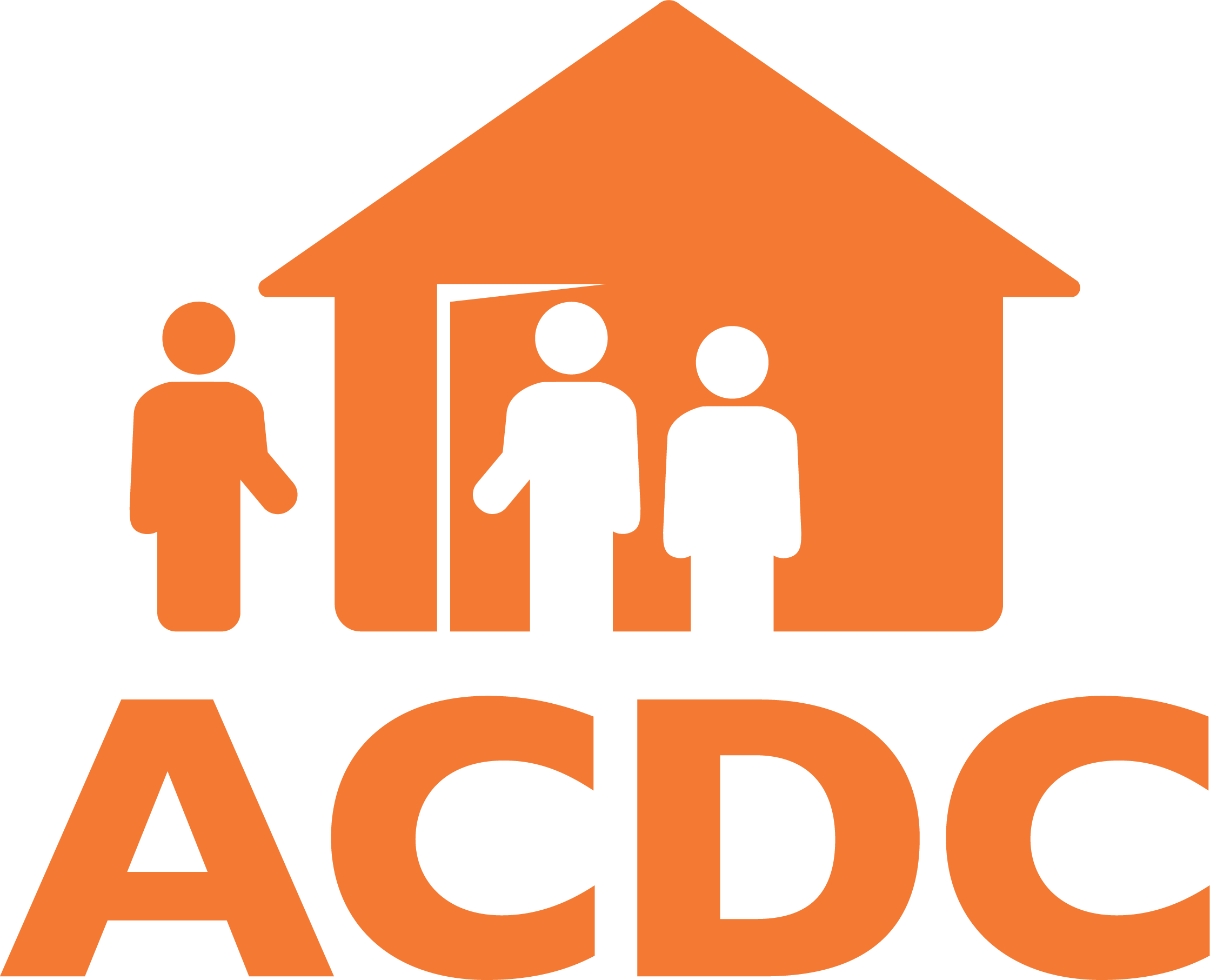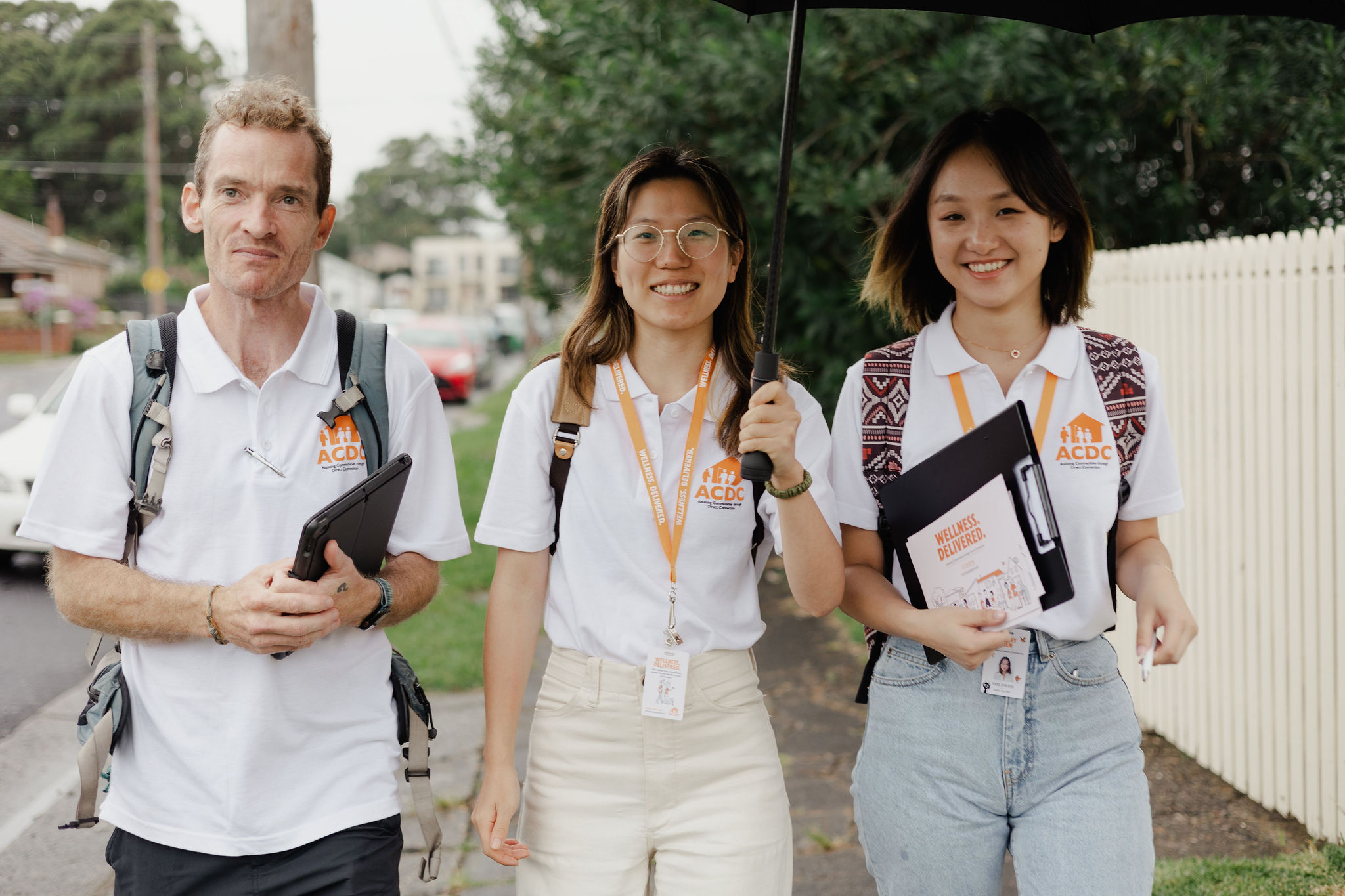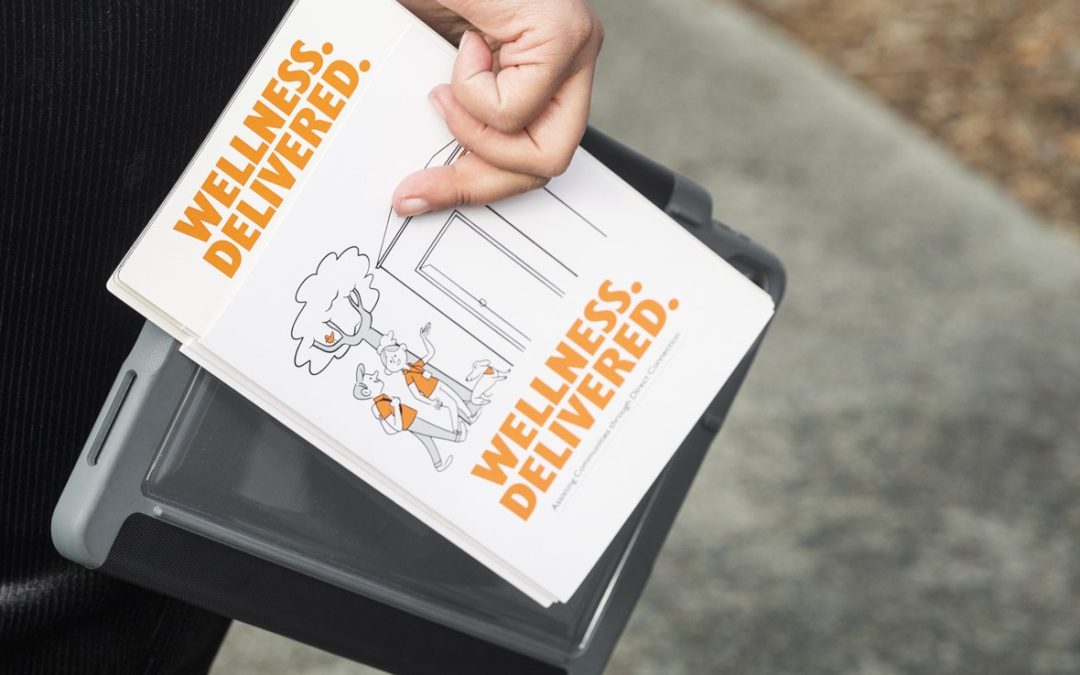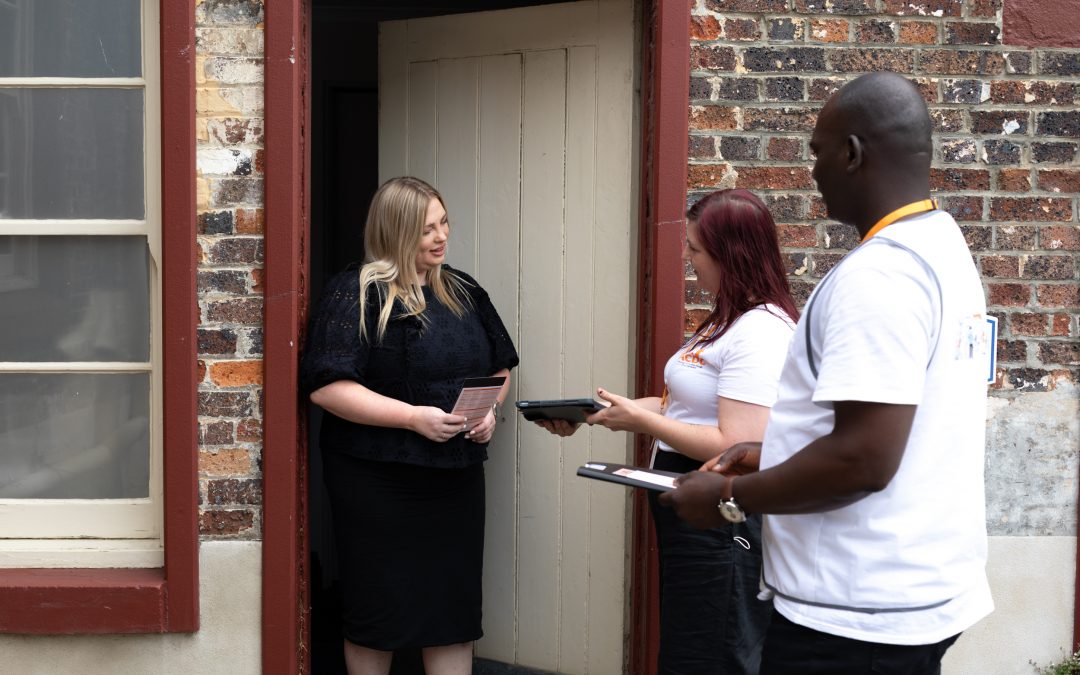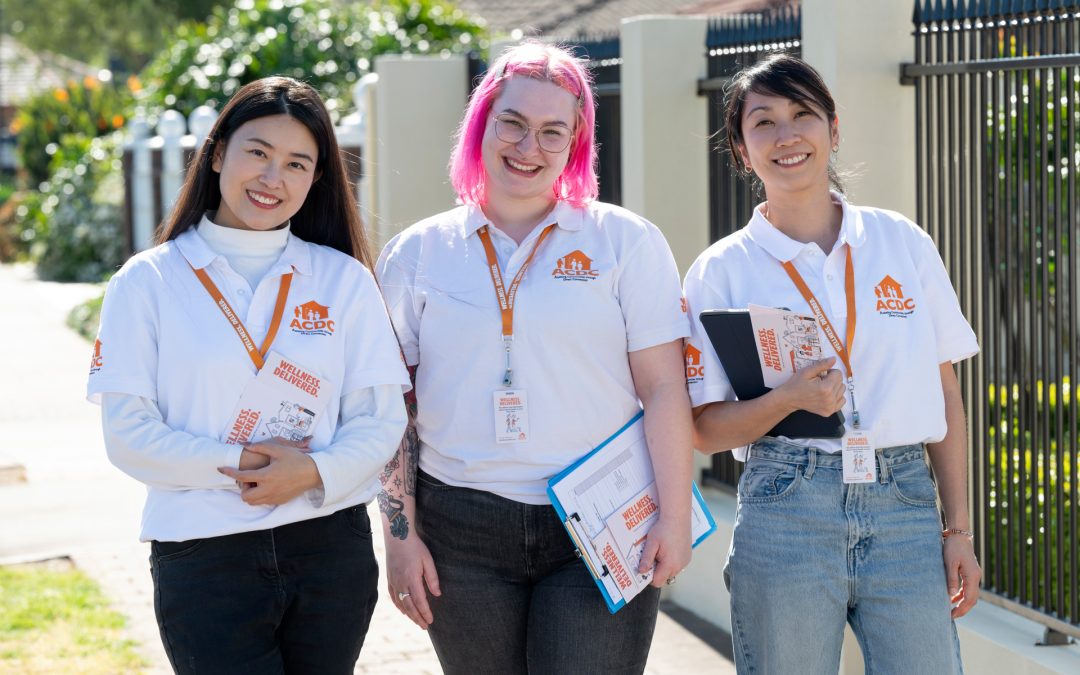Why did you want to be a People Connector with the ACDC Project?
Kathy: “The ACDC Project is a new and exciting due to its innovative approach – direct connection with the community. I wanted to be a People Connector because I think talking to individuals is the best way to get to know them and the community.”
David: “Sometimes the people who would benefit the most from mental health support are the furthest from connecting to it. Either because they’re not that visible, or they just don’t know how to connect to services. Let’s go knock on their doors, it’s a great idea.”
Jenny: “I thought the ACDC Project was a really wonderful and unique initiative to engage directly with the community and to learn from householders what their experiences and concerns were. The fact that Hurstville has a very diverse population (culturally and linguistically) means that it shines a light on voices that otherwise we might not be able to hear from or know very much about.”
How have you found door-knocking in Hurstville so far?
Kathy: “I think my experience so far is pretty positive! Most householders we meet are really friendly. A lot of them show understanding and say they appreciate our effort. We’ve heard many interesting stories about how their lives have been for the past couple of years. It really broadened my perspective. We have encountered a few rejections as well, but we try not to let it demoralise us and just move on.”
David: “Unpredictable. You just cannot make any assumption about any householder, or about what your interaction might be.”
Jenny: “It is still early days for us as People Connectors in Hurstville, so we still have a lot to learn and improve our ability to engage with others (even if they’re a bit wary of us)! For the most part, people have been very polite and accommodating and we are often surprised by people’s desire for a genuine conversation. The fact that we can connect with the Chinese-speaking community here in Hurstville has also been extremely helpful.”
What is one of the best things about your job as a People Connector?
Kathy: “The best thing about being a People Connector is that I get to know and learn about other people’s life experiences. It is very rewarding knowing that we could potentially help many people by engaging and connecting with them. I have also heard many inspiring stories about how householders maintain healthy and positive spirits during difficult times. It helps me to grow as a person too.”
David: “The unpredictability. Not knowing who will answer a door knock, and what the interaction might be. It’s a privileged glimpse into other people’s lives.”
Jenny: “One of the best things about being a People Connector is the opportunity and privilege to chat to someone about things that matter to them and for them to trust you enough to share those things with you. We get to meet so many different people each day and true to our role, it does make us feel like we are slowly connecting with and getting to know this community. We certainly hope the householders we speak to feel that similar sense of human connection.”
How do you think the ACDC Project will help people in Hurstville?
Kathy: “Similar to other sites, the ACDC Project will help identify unmet needs and gaps in services in the Hurstville community. Genuine opinions can be heard and collected by the ACDC Project to further benefit the community. The unique thing about the ACDC Project in Hurstville is that Hurstville has such a diverse population. We have met householders that come from so many different cultural and language backgrounds. It will surely help to recognise the needs of CALD community.”
David: “For me, the prospect of even just supporting one person to have a more positive experience is enough.”
Jenny: “I believe Hurstville will be an insightful site for the ACDC Project, especially in getting to know better the concerns and experiences regarding mental health and wellbeing amongst a very culturally and linguistically diverse community. It is acknowledged that there are often many barriers that lead to these groups not accessing or seeking out help such as cultural factors, stigma, language, accessibility concerns and many more. I believe the better we can pinpoint the barriers and the potential reasons behind them, the closer we are to bridging and addressing these gaps in the community.”
